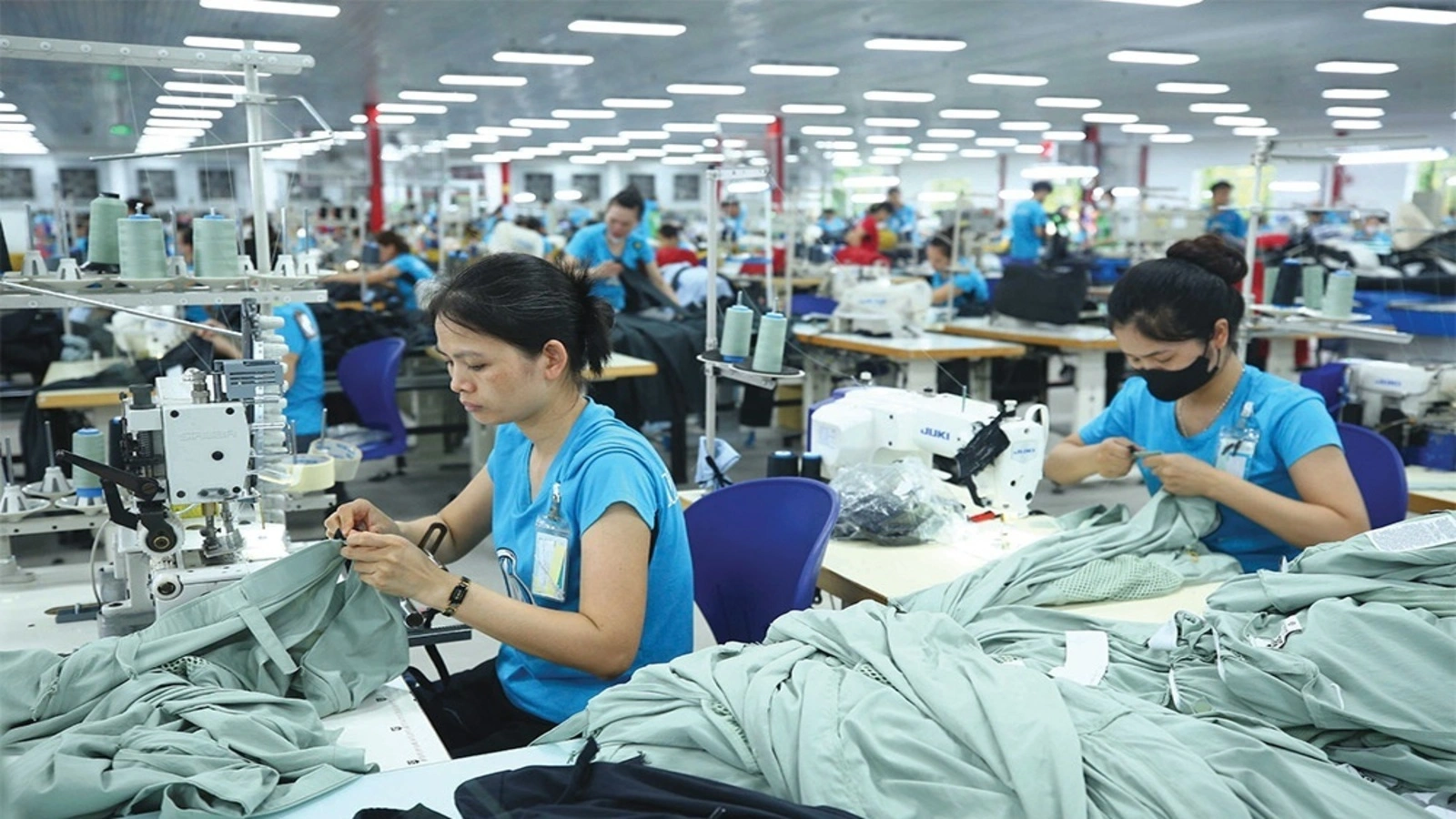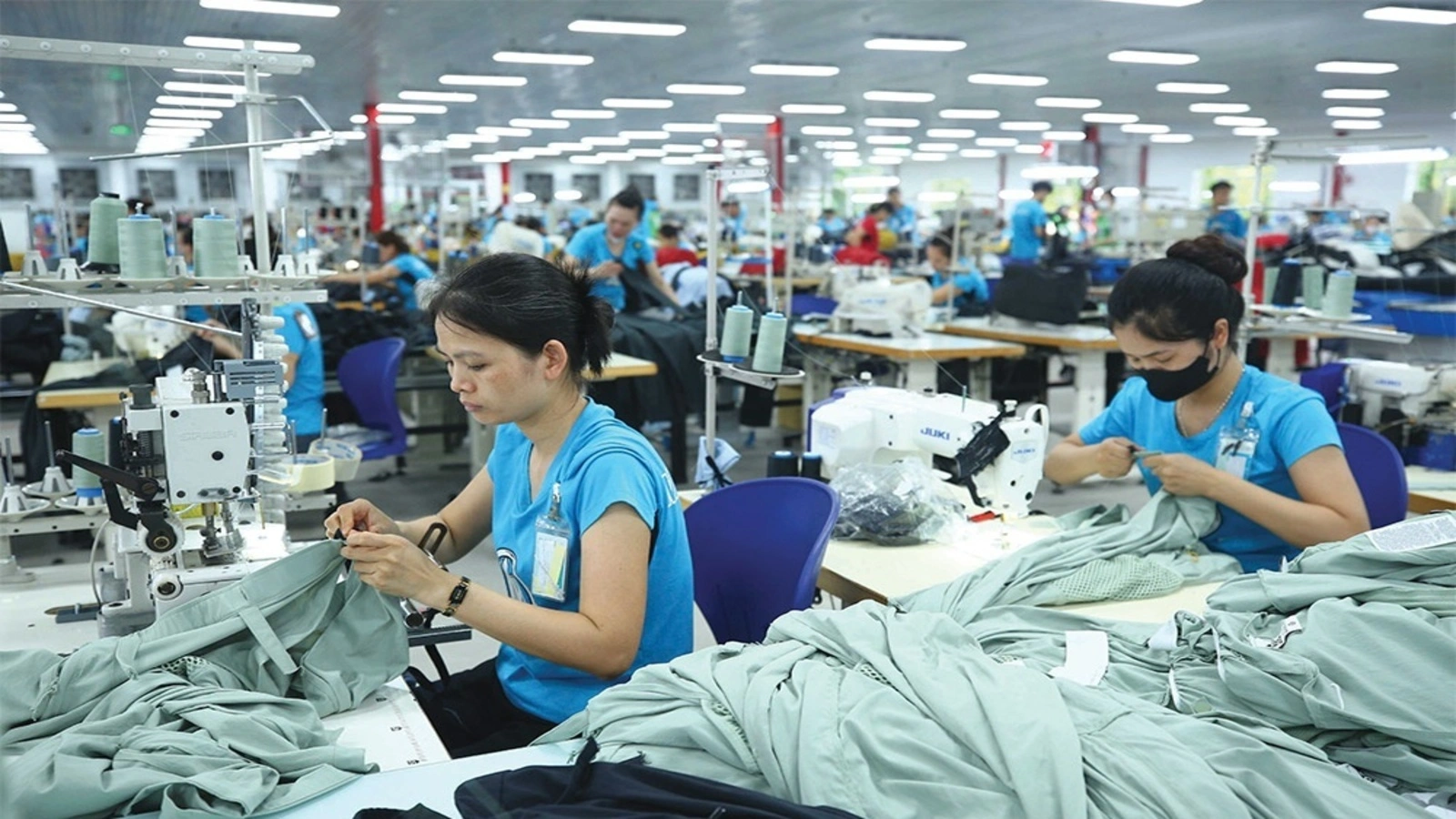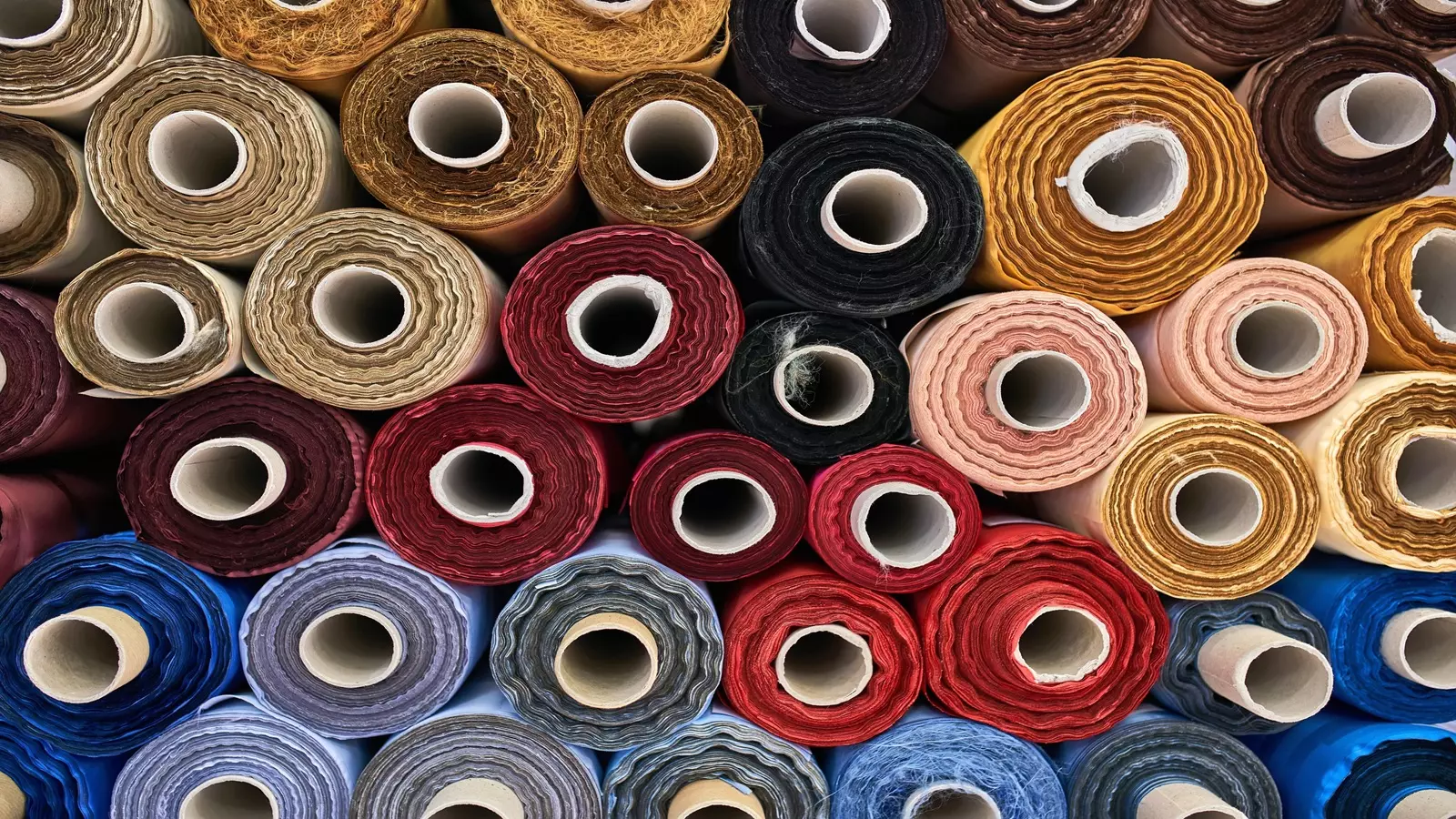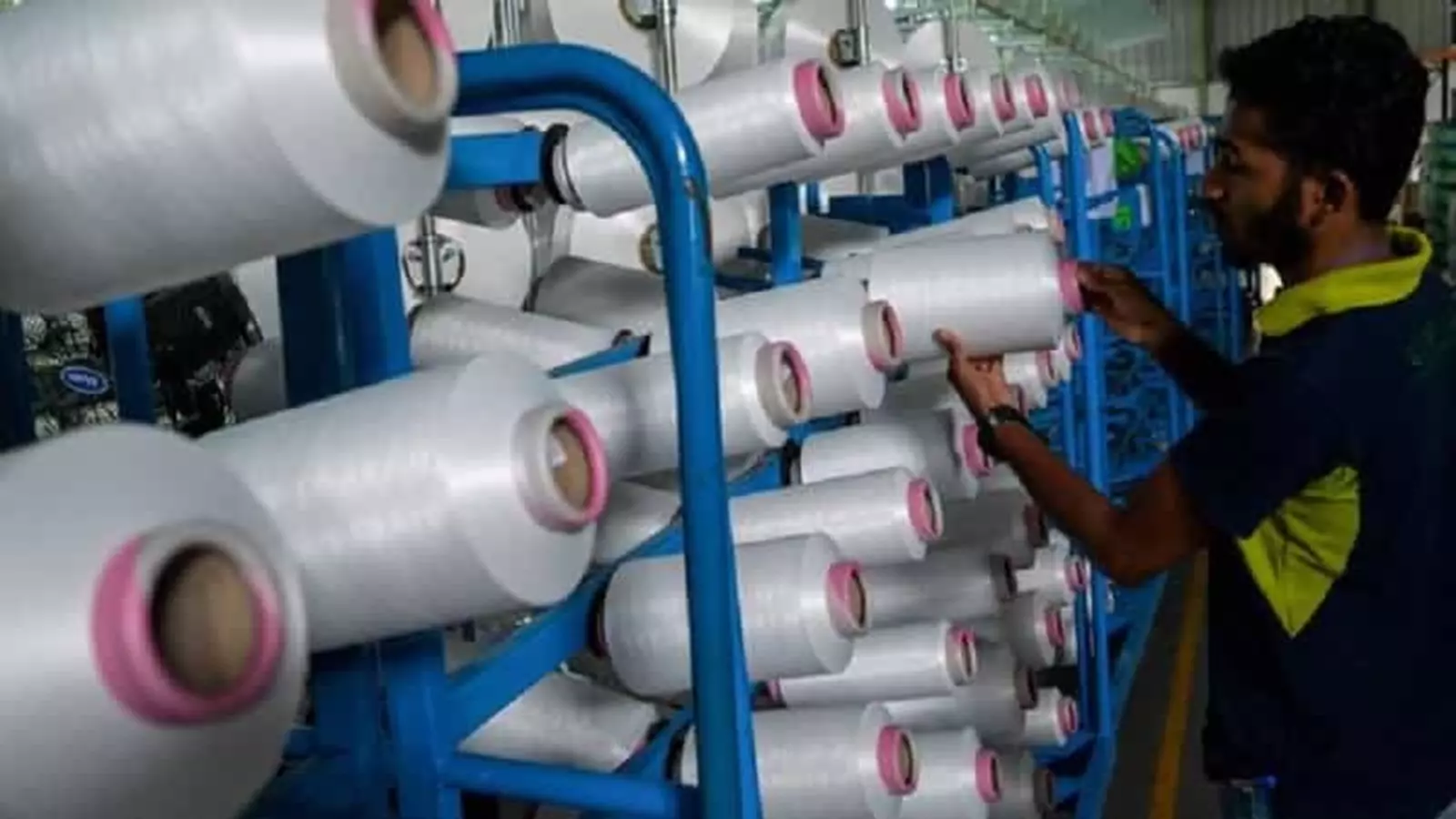- Home | Industry Update | Researchers Ignite Cotton's Fire Safety With Revolutionary C...
Researchers Ignite Cotton's Fire Safety With Revolutionary Coating

In a breakthrough discovery, researchers at Texas A&M University have unveiled a revolutionary method to dramatically enhance the fire safety of cotton, a beloved fabric renowned for its comfort and breathability. Despite its inherent flammability, cotton remains a ubiquitous textile in our daily lives, adorning our clothing, adorning our homes, and gracing countless other applications.
The team, led by graduate student Maya D. Montemayor, has developed a single-step process that involves applying a specialized coating of polyelectrolyte complexes to cotton fabrics. This innovative approach, applicable to a wide range of textiles including clothing and upholstery, leverages an industry-friendly pad-dry method, ensuring scalability and ease of implementation.
"Finding safe and effective solutions to mitigate fire risks associated with everyday materials is a critical challenge," emphasized Montemayor. "This technology offers a promising pathway to enhance fire safety across various applications, potentially saving lives and reducing property damage while minimizing costs."
Traditional flame-retardant treatments involving polyelectrolyte complexation often entailed cumbersome multi-step processes, increasing both time and expense. This new research, however, streamlines the process by employing a volatile base—ammonia—that gracefully evaporates under ambient conditions. This evaporation subtly lowers the pH, triggering a chemical reaction known as complexation on the cotton surface. While this elegant approach has been theoretically explored in the past, this research marks its successful implementation in creating a highly effective flame-retardant treatment for cotton.
This groundbreaking discovery holds immense potential to significantly improve fire safety in our homes and communities, paving the way for a future where comfort and safety can seamlessly coexist.
02:39 PM, Jan 16
Other Related Topics

Rieter Issues Market Update on Completion of Barmag Acquisition
10:33 AM, Dec 20

Indian Textile Exports Weave Strong Momentum with November Surge
11:24 AM, Dec 18Industry Update

Carrington Textiles Introduces Defence Stock Range for Faster Access to Military Fabrics...view more












1.webp)






1.webp)

1.webp)
1.webp)

1.webp)

1.webp)

.webp)

1.webp)



1.webp)













1.webp)












1.webp)


1.webp)

























1.webp)






















1.webp)





1.webp)
1.webp)














1.jpg)






















1.jpg)




























_large1.jpeg)

























































.png)










.jpg)
.jpg)
.jpg)










1.jpeg)